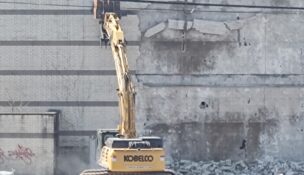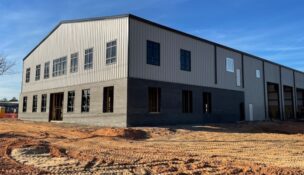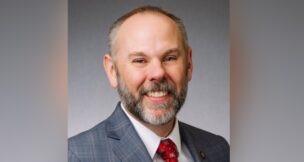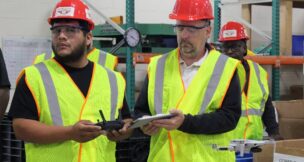Construction industry emerging from pandemic
Melinda Waldrop //April 19, 2021//
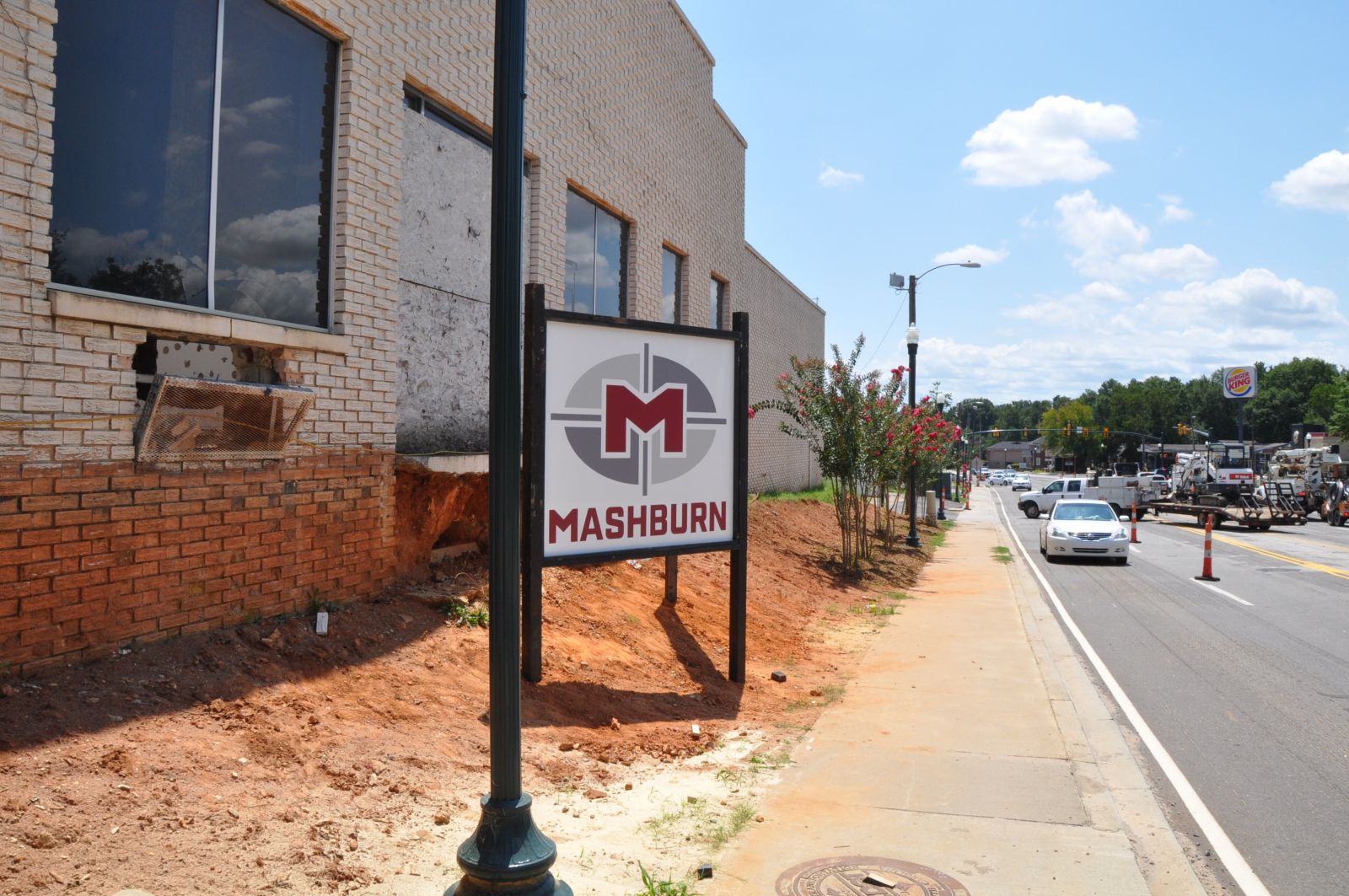
A year after the COVID-19 pandemic gripped the U.S. and South Carolina, plunging industries including construction into uncertainty, contractors are expressing relief at how they’ve come through it — in some cases, with record backlog.
“We’re still afloat,” said Paul Mashburn, CEO of Mashburn Construction, headquartered in Columbia with offices in Charleston, Greenville and Myrtle Beach. “It’s been quite an adventure, for us as a construction company and certainly as a community and a nation to go through what we’ve been through.”
While Mashburn’s backlog, or the dollar amount of work the company is contracted to perform in the future, is “the highest it’s ever been” going in 2021, Mashburn said, that doesn’t mean the contractor behind such high-profile Columbia projects as Market on Main, Hotel Trundle and new Main Street restaurant Smoked emerged unscathed.
“Our company probably lost $40 to $50 million in projects that were set to start in Q2 or Q3 of 2020,” Mashburn said. “That was several hotels, amenities centers, one hospital project, and a restaurant. They all either delayed and pushed starts until this year or they scrapped the project completely and put it on a shelf. As a company, our revenue was impacted by about 30%.”
Mark Hood, president and CEO of Columbia-based Hood Construction, said his company also saw “quite a few” projects put on hold in March and April of 2020, though about 70% of those are under construction now.
“We still had a really good year in spite of that,” Hood said. “There’s been other things to backfill. … Where there’s a loss on one side, there’s a pickup on the other. And most of the people that I know in the commercial construction business are busy.”
That was evident on a recent afternoon at the BullStreet District as ground was broken on that development’s latest project, a 79,000-square-foot, mass-timber office building slated to open next April. The mixed-use, five-story WestLawn building will be home to Columbia law firm Robinson Gray Stepp & Lafitte as well as retail tenants.
“Every market sector didn’t really thrive, but the commercial market sector stayed alive,” said Ben Barfield, vice president of WestLawn contractor Brasfield & Gorrie, based in Birmingham, Ala. “I think a lot of people were trying to figure out how to revamp their spaces. We have built several office buildings during this market, but it’s incredible to see this one right now.
“This has got a full tenant that’s moving in and expanding versus doing something different. They are the first tenant in a larger office building, and I think there’s going to be more of that going on around here. I think it’s actually fared better than we thought it would.”
The future of commercial office space may look different, though.
“Everybody’s rethinking office space now,” Mashburn said. “The emerging trend for offices was more of an open concept, and working in groups and the old closed-door office concept was quickly going away. That is now being revisited. People have found, and we have found, too, that some people are actually more productive working from home. We think there’s going to be a major shift in office space and how it’s constructed and whether or not it is actually needed.”
David Crabtree, design leader for Chicago-based Perkins & Will, project architect for the WestLawn building, thinks there will be less “super-dense” office spaces going forward, but overall, he said the pandemic hasn’t drastically affected the plans on his company’s drawing board.
“We’ve seen about a net-zero impact,” he said. “Some people will need to add some space, some people will need to retract a little space — call centers, for example. They could be more suited — and they were already doing this anyway — to be dispersed into work-from-home and all other types of places because they don’t necessarily have to be in a workplace. … Creative industries like architects and engineers and developers, they do best working, doing deals across the table from each other, pinning stuff up on the walls and being creative in the workplace. If anything, they’ll be adding some space.”
Another sector where growth has remained evident is the health care industry. Lexington Medical Center celebrated the official opening of a 225,000-square-foot facility in Northeast Columbia earlier this month.
“People are always going to need health care, regardless of what else is going on with the economy or in the world, and COVID just kind of amplified that,” said project superintendent Tony Atkinson of Columbia-based and project contractor M.B. Kahn Construction Co. “There’s a lot of medical work going on right now.”
Regie Bedenbaugh, M.B. Kahn project director, said that while a few projects were postponed early in the pandemic, “none of them were canceled altogether. Some of them are starting to come back. … Overall, we’ve got a very strong backlog coming into this year. But as all contractors, we always need more work.”
Area contractors also say the education sector has remained strong, with schools taking opportunities to launch long-planned renovations. And Mashburn said that even the hotel and hospitality industries are being to show signs of recovery, with a drop in surrounding retail activity translating into greater access to properties under construction.
“Hotels went from 90% occupancy to less than 10% occupancy, and theme parks and recreation facilities either shut down or drastically reduced,” he said. “We are seeing a re-emergency of RV-type travel facilities with a lack of air travel and more driving. We’re seeing the Myrtle Beach market — it was probably hit the hardest, because it was all tourism — slingshot back the fastest because of the pent-up demand to travel. … We’re seeing boutique-type hotels like downtown Charleston that are weathering the storm, and it’s actually allowed us to accelerate schedules because of access that normally we wouldn’t have had working on King Street, which is an interesting little twist to the positive.”
The road ahead
Another approach area contractors have shared during the past year is a refusal to lay off workers, even during the height of the pandemic when it wasn’t clear if full payrolls would be needed or wise.
“We made a business decision to hold onto our people with the thought that they’re our No. 1 asset and nobody, we felt was expendable,” Mashburn said. “And we knew that we would bounce back from this and the work would come. It was the right decision to hold onto the people, and now we’ve got the work to support it for this year.”
Added Hood: “No one missed a paycheck. No one got laid off in our company, and I don’t think very many people had any of that. If they did, it was knee-jerk early, and they got them right back to work.”
Contractors have dealt with supply chain disruptions that delayed material production and delivery, and rising costs of steel and lumber remain a concern.
“For the most part, we’ve been able to work our way through those issues,” Hood said. “We had a job that we were supposed to get windows on in the first week of January, and they didn’t come until the third week in February. It wasn’t like I could drive to Michigan and get them. They weren’t made. We just had to deal with it. You say well buy it from somebody else. Then you’ve got to get in line at that manufacturer, and they’re all busy. If one’s busy, they’re all busy.”
And while Hood’s backlog is also reaching record numbers, some uncertainty lingers.
“We’re worried about late ’22 and early ’23, simply because there was a period of about five or six months where architecture and design and engineers were not picking up new work, and we lag about 18 to 24 months behind them to actually put shovels in the ground on those projects,” Hood said. “There was some concern, but as I talk to my friends who are in the design world, they say it’s picking up for them.”
Hood also takes heart from the pandemic-driven work-from-home trend from the perspective that some workers who can now do their jobs from anywhere are choosing to relocate to South Carolina.
“People are moving out of certain areas of the county and moving here, and I think that’s going to put us in South Carolina in a good position,” he said. “They’re buying homes. They’re going to put kids in schools. They’re going to need doctors’ offices. They’re going to need all the necessity retailing that goes with that, whether it be grocery stores or drug stores or whatever the case may be. We realize that people are buying more and more than Amazon and Walmart, but those distribution centers have to be built someplace. And those trucks are going to run those roads, so roads have to be built. It may move the needle of what we’re building, but they still have to be built.”
While the social distancing and mask wearing that has become commonplace was always a natural byproduct of construction job sites, Hood and Mashburn have implemented more safety measures, as well as new technology, they say will serve their businesses well going forward.
“We’re always adapting all the time. People think construction is low-tech, but my men don’t run around with a set of plans on their shoulder anymore,” Hood said. “They have an iPad they look at plans on. It’s more technical than people think. But someone with dust on their boots, at the end of the day, still has to put that sheet rock up and frame that house or frame that building.”
Both men, though, say their employees are looking forward to returning more frequently to the office and the in-person, hands-on collaboration that occurs there. And while Mashburn has a cautious eye on rising fuel prices and bond interest rates that he says could be an indicator of future inflation, 2020 taught him his company will find a way to deal with those challenges, too.
“We’ve learned that we can get through anything if we put our minds to it. We’ve learned that we can adapt to a changing environment and really excel in it,” he said. “We’ve gone down a road that we normally wouldn’t have gone down that’s probably made us a better company in the end.”
This article first appeared in the April 12 print edition of the Columbia Regional Business Report.
t








